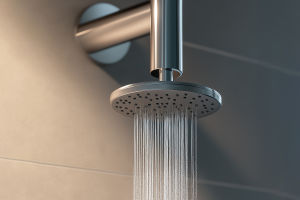Waking up with noticeable pillow prints, also known as "sleep wrinkles" or "sleep creases," can be alarming.
Experts explain the causes behind them, if they signal a larger issue, and offer tips to avoid them, shedding light on this unsettling phenomenon.
Causes of Pillow Prints
Experts have identified that pillow prints, also known as sleep wrinkles or sleep creases, are temporary wrinkles caused by uneven pressure and skin folding during sleep. Specific sleeping positions, such as side sleeping or face-down sleeping, can contribute to the formation of these creases due to repetitive pressure on the face.
Factors Contributing to Wrinkles
Apart from sleep positions, factors like the natural aging process, loss of collagen and elasticity in the skin, and the material of bedding can impact the likelihood of developing pillow prints. Rough fabrics could lead to more pronounced lines, while smoother materials like silk or satin are less likely to cause them.
Significance of Pillow Prints
Though pillow prints are temporary, consistent pressure on the skin overnight may result in long-term loss of collagen and elasticity, affecting overall skin health and circulation. Monitoring how quickly your skin recovers from these creases can provide insight into its condition and elasticity.
Preventive Measures
Transitioning to back sleeping is recommended, as it minimizes direct contact between the skin and the pillow. For side or face-down sleepers, using silk pillowcases and washing them with fragrance-free, dye-free detergent may help reduce friction and allergic reactions.
Skin Care Routine
Maintaining good skin health through hydration, a balanced diet, and proper skincare routines can aid in faster recovery from temporary creases like pillow prints. Including collagen-promoting products and moisturizers before bed can strengthen the skin barrier and reduce wrinkling.
Importance of Hydration
Ensuring adequate hydration throughout the day is crucial for skin health, as dehydrated skin may struggle to recover from pillow prints. Proper hydration can lessen the chances of these temporary creases becoming more permanent.


